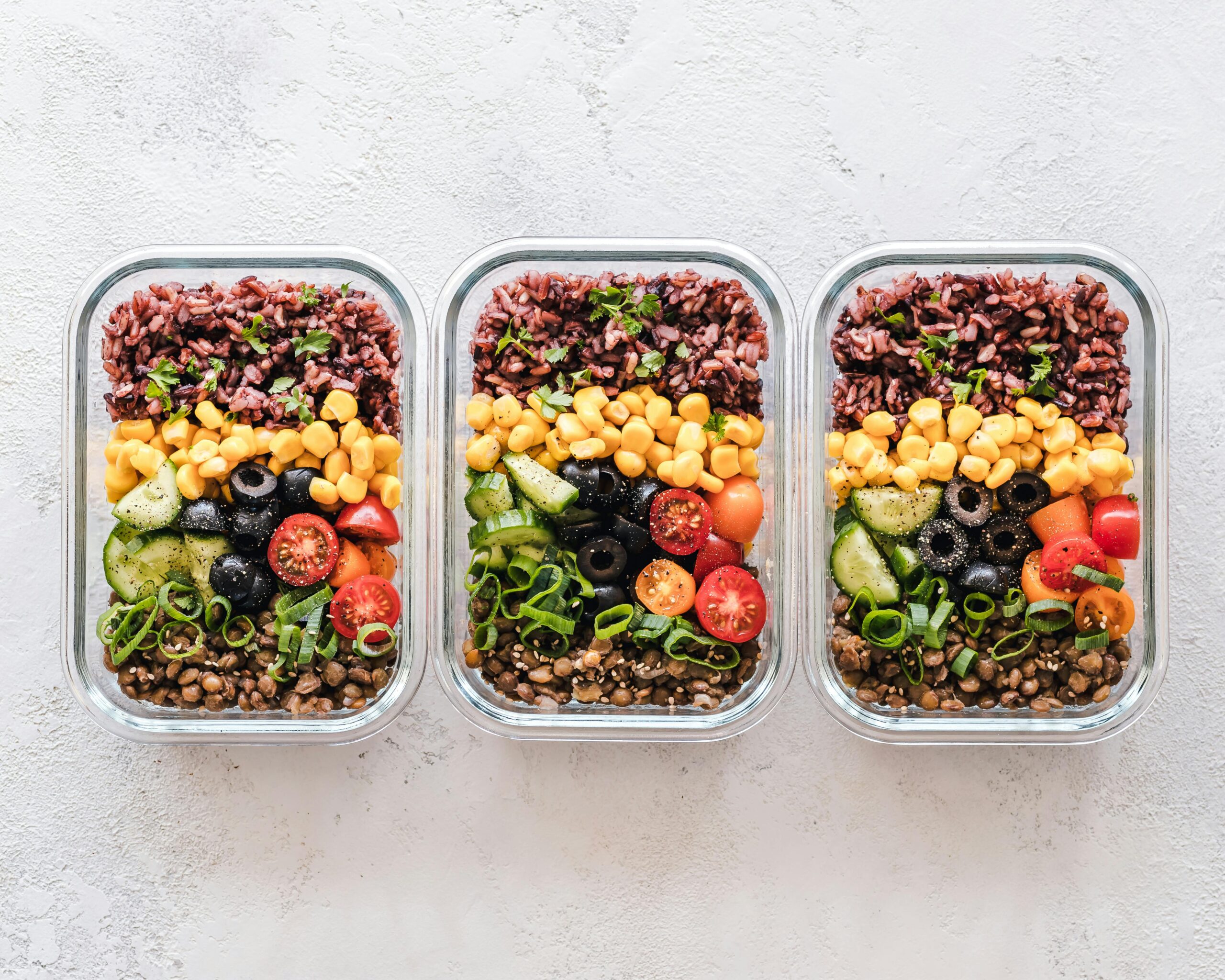Choosing the right foods is an important step for anyone using a compounded semaglutide diet plan for weight loss. Eating a balanced mix of nutritious foods can help support healthy weight loss and maintain energy levels throughout the day.
A good eating plan should make daily meals enjoyable while working together with semaglutide. Practical tips make it easier to reach your goals and stick to your plan long term.
Lentils, beans, and peas for prebiotic fibers and resistant starches
Lentils, beans, and peas are helpful foods to include in a semaglutide eating plan. These legumes are good sources of prebiotic fibers and resistant starches. Prebiotic fibers can feed the healthy bacteria in the gut.
Eating lentils, beans, and peas may also help with digestion. Resistant starches found in these foods can support feeling full for longer periods. This can make it easier for some people to manage hunger.
Adding legumes to meals is simple. Try adding lentils or black beans to soups, salads, or rice dishes. Peas can be a quick side or mixed into stir-fries.
Legumes may also provide protein and other nutrients. This makes them useful for a balanced eating plan. Aim to include these foods regularly for their many benefits.
Non-starchy vegetables like spinach, broccoli, and zucchini
Non-starchy vegetables are good choices for people using compounded semaglutide. They are low in calories but high in fiber, which can help support a feeling of fullness. Spinach is easy to add to salads, smoothies, or cooked dishes.
Broccoli offers many vitamins and minerals. It can be steamed, roasted, or added to stir-fries. Zucchini is another useful vegetable, working well in soups, sautés, and baked meals.
These vegetables have fewer sugars and carbohydrates than starchy foods. Eating them may help manage hunger between meals. Making them a regular part of meals can support a balanced eating plan.
Whole grains such as oats, quinoa, and brown rice
Whole grains like oats, quinoa, and brown rice are good choices for many eating plans. They give steady energy and are high in fiber, which can help support regular digestion.
These grains slowly raise blood sugar instead of causing quick spikes. This is helpful for those trying to manage hunger or blood sugar. They also tend to keep people feeling fuller longer after meals.
Oats can be eaten as a warm breakfast. Quinoa and brown rice work well as sides or in grain bowls. Each of these grains is simple to prepare.
Eating a mix of these whole grains a few times a week can add balance to meals. They fit nicely with vegetables, lean meats, or legumes for a complete plate.
Lean protein, including eggs, chicken breast, and fatty fish
Lean proteins are helpful for anyone following a compounded semaglutide eating plan. These foods help people feel full longer and can support healthy weight loss.
Eggs are a simple choice and provide a range of nutrients. They are easy to prepare and can fit into many types of meals.
Chicken breast is a lean option that is low in fat. It pairs well with vegetables, grains, or salads, making it a flexible food for different meals.
Fatty fish, such as salmon or sardines, offer protein along with healthy fats. These fish are good sources of omega-3s and can fit well into a balanced eating plan.
Including lean proteins at every meal can help keep energy steady. These foods are also useful for keeping muscles healthy while losing weight.
Nuts and seeds, specifically walnuts, pumpkin seeds, and hemp seeds
Walnuts can be a helpful food to include while following a compounded semaglutide eating plan. They provide protein and healthy fats, nutrients that support feeling full after meals. Walnuts also add a pleasant crunch to salads, yogurt, or oatmeal.
Pumpkin seeds are another snack to consider. They contain protein and magnesium. A small handful can be added to breakfast bowls or enjoyed by themselves.
Hemp seeds are soft and mild in flavor. They are a source of plant protein and healthy fats. Sprinkling hemp seeds onto smoothies, cereal, or salads offers extra nutrition without taking up much space in a meal.
Including these nuts and seeds may help with appetite management by promoting fullness. They are easy to add to meals or snacks during the day. Eating a variety of nuts and seeds also supports a balanced diet.
Conclusion
Building a healthy eating plan with compounded semaglutide works best when meals include high-fiber vegetables, lean proteins, and whole grains. Foods like broccoli, spinach, beans, chicken, and brown rice support steady blood sugar and satiety.
Staying hydrated and eating slowly can make meals more satisfying. Limiting heavy, greasy, or sugary foods may help reduce side effects and promote steady progress.
Choosing a variety of fresh foods helps meet nutrient needs. Small changes to daily habits can lead to better results and improve how someone feels on their weight loss journey.



Comments